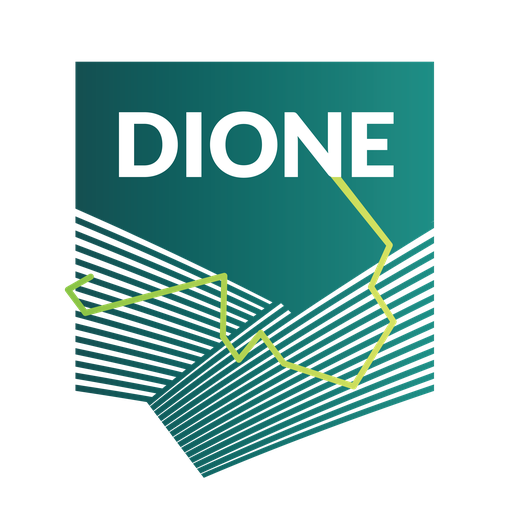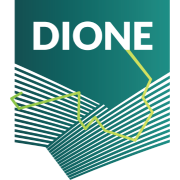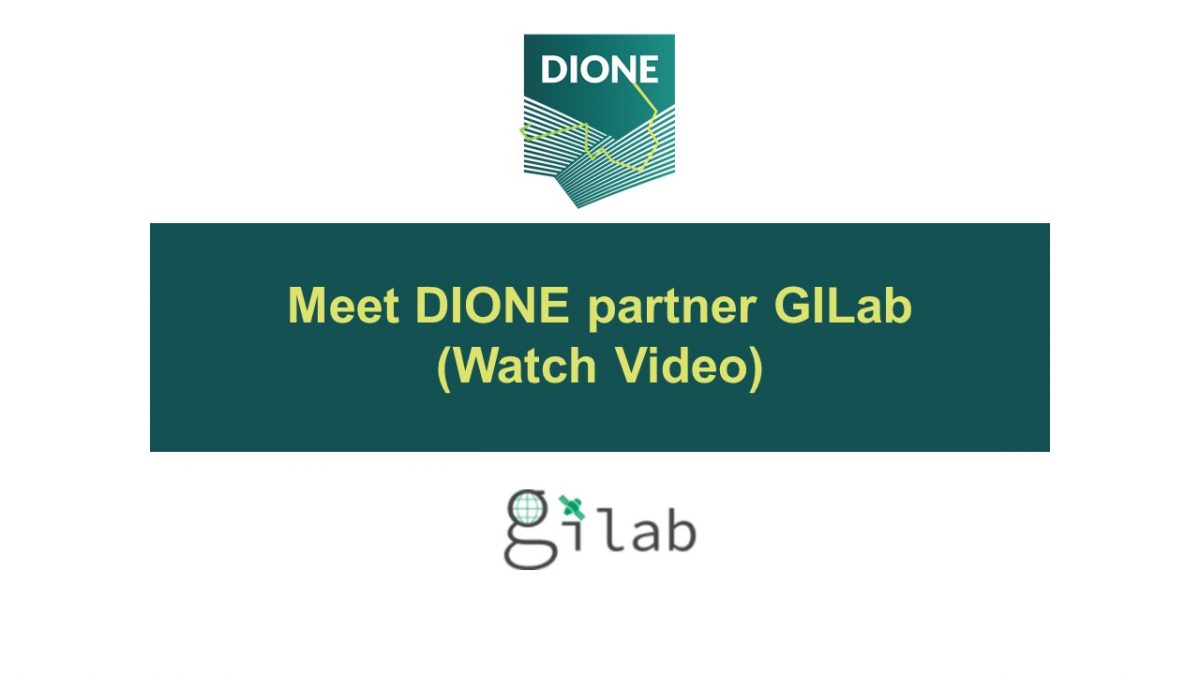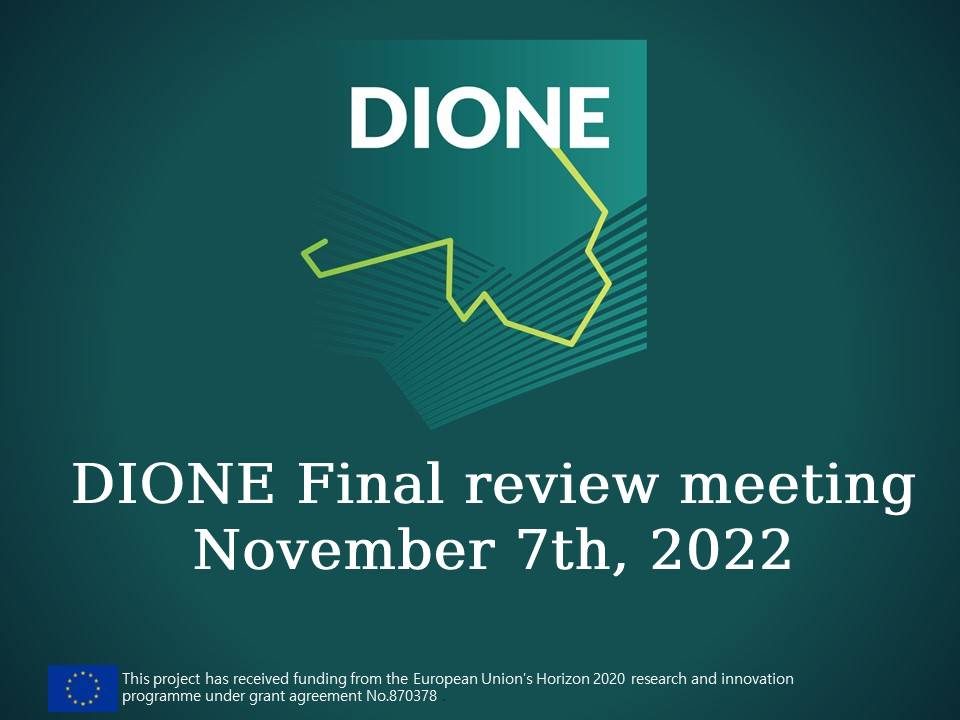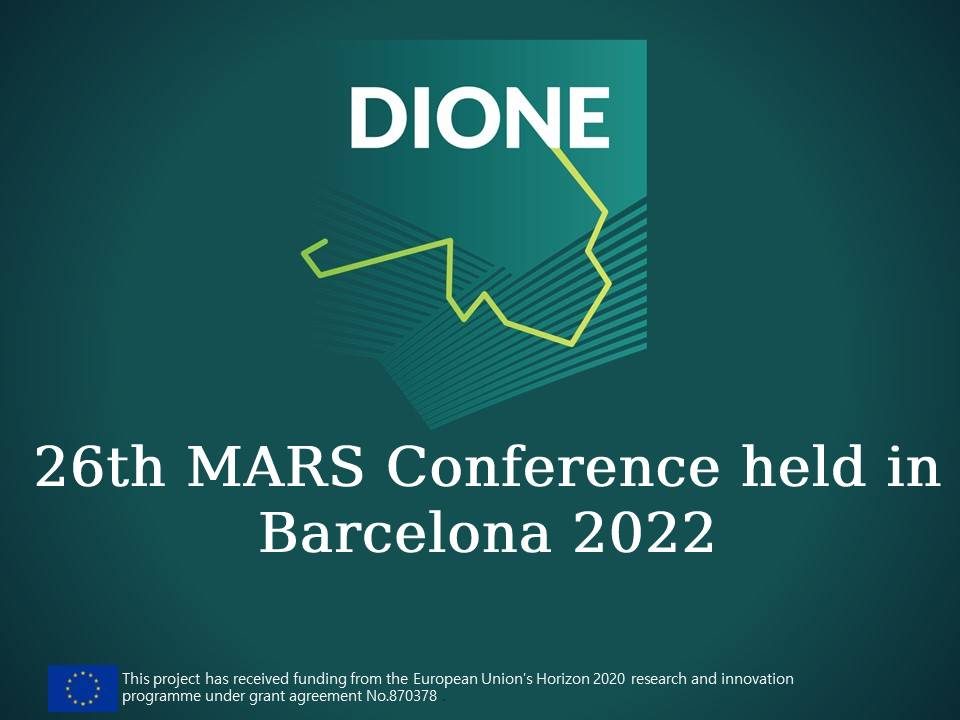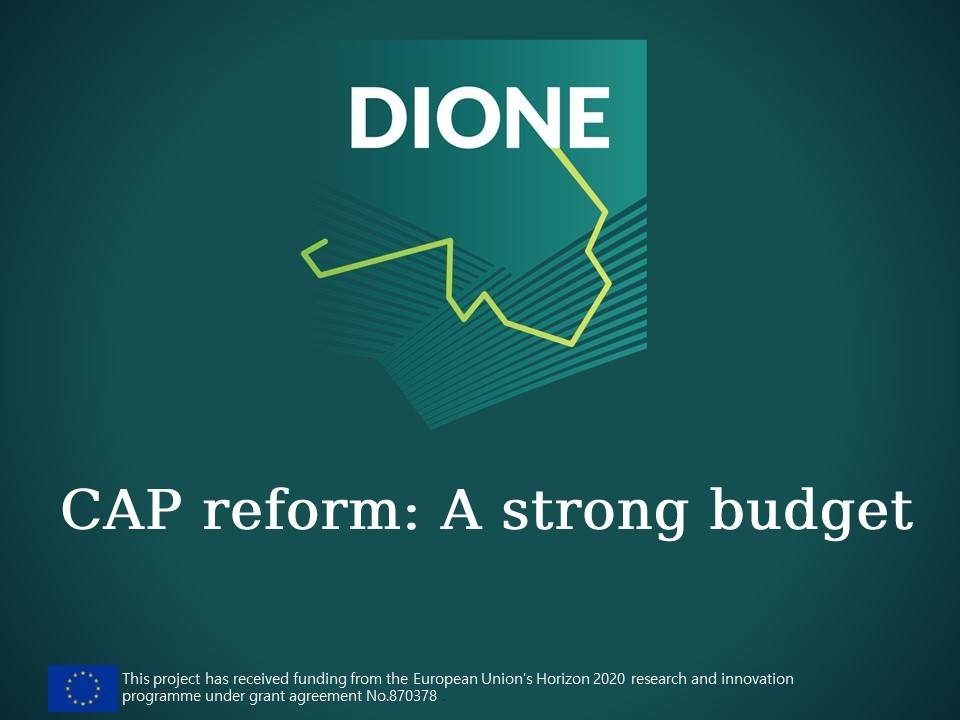
DIONE at the Earth Observation services in support of agriculture and Common Agricultural Policy
January 14, 2022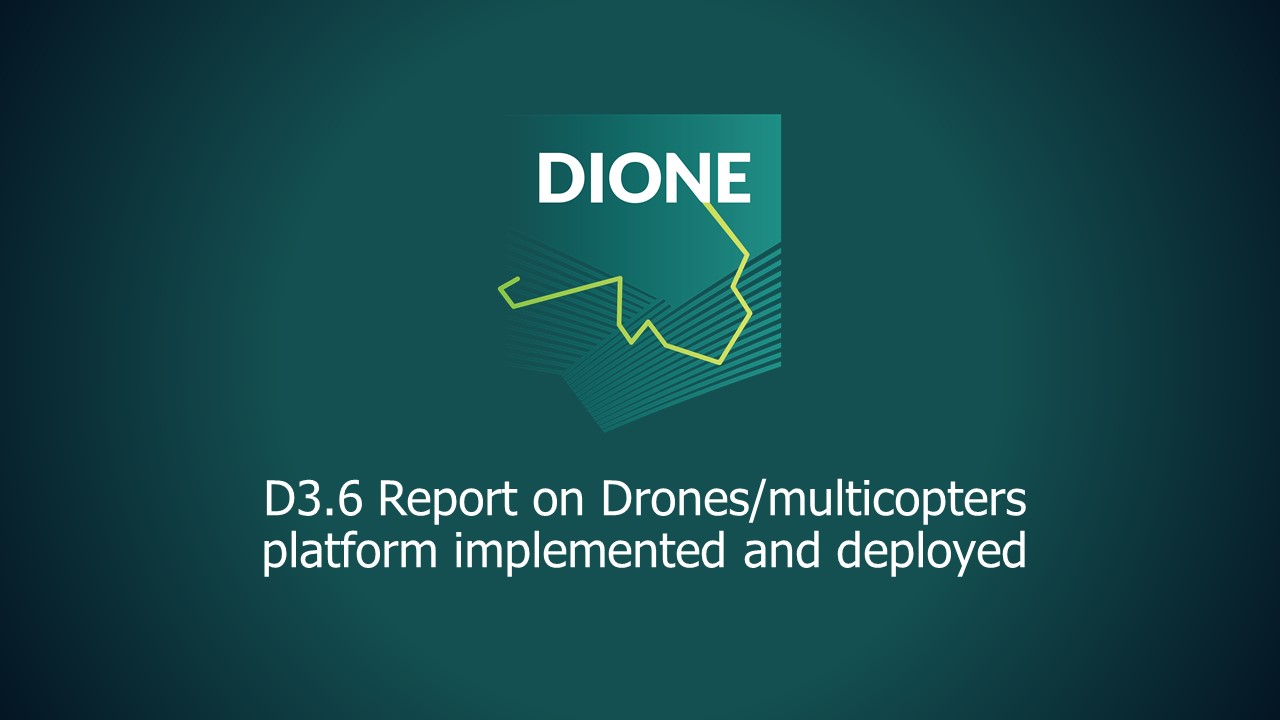
D3.6 Report on Drones/ multicopters platform implemented and deployed
April 29, 2022Watch the full video to learn more about GILab and how the partner contributes to DIONE!
GILab was founded in 2015 and the name of the company stands for Geographic Information LABoratory. Founded by Ph.D. holders and experienced researchers, GILab is built on a long-term experience in spatial data processing, geographic information modeling and visualization. While developing innovative solutions based on ICT and Geoinformatics, their mission is to design value-added services based on spatial data and tailored to specific users’ needs.
In DIONE, GILab is the leader of the activities related to the user-driven design, deployment and customisation of the DIONE toolbox. In particular, GILab is responsible to identify, analyse and prioritize the needs of DIONE end-users as well as to integrate DIONE toolbox components and ensure its customisation for the specific paying agencies. In addition, GILab is developing the tool for monitoring farmers’ compliance that will run upon the input data layers: (i) SEN4CAP seminal project results regarding freely available produced crop-type maps, (ii) improved resolution maps identifying non-productive EFAs (O2) as well as (iii) complementary information sources (O3).
In DIONE, GILab is the leader of the activities related to the user-driven design, deployment and customisation of the DIONE toolbox. In particular, GILab is responsible to identify, analyse and prioritize the needs of DIONE end-users as well as to integrate DIONE toolbox components and ensure its customisation for the specific paying agencies. In addition, GILab is developing the tool for monitoring farmers’ compliance that will run upon the input data layers: (i) SEN4CAP seminal project results regarding freely available produced crop-type maps, (ii) improved resolution maps identifying non-productive EFAs (O2) as well as (iii) complementary information sources (O3).
